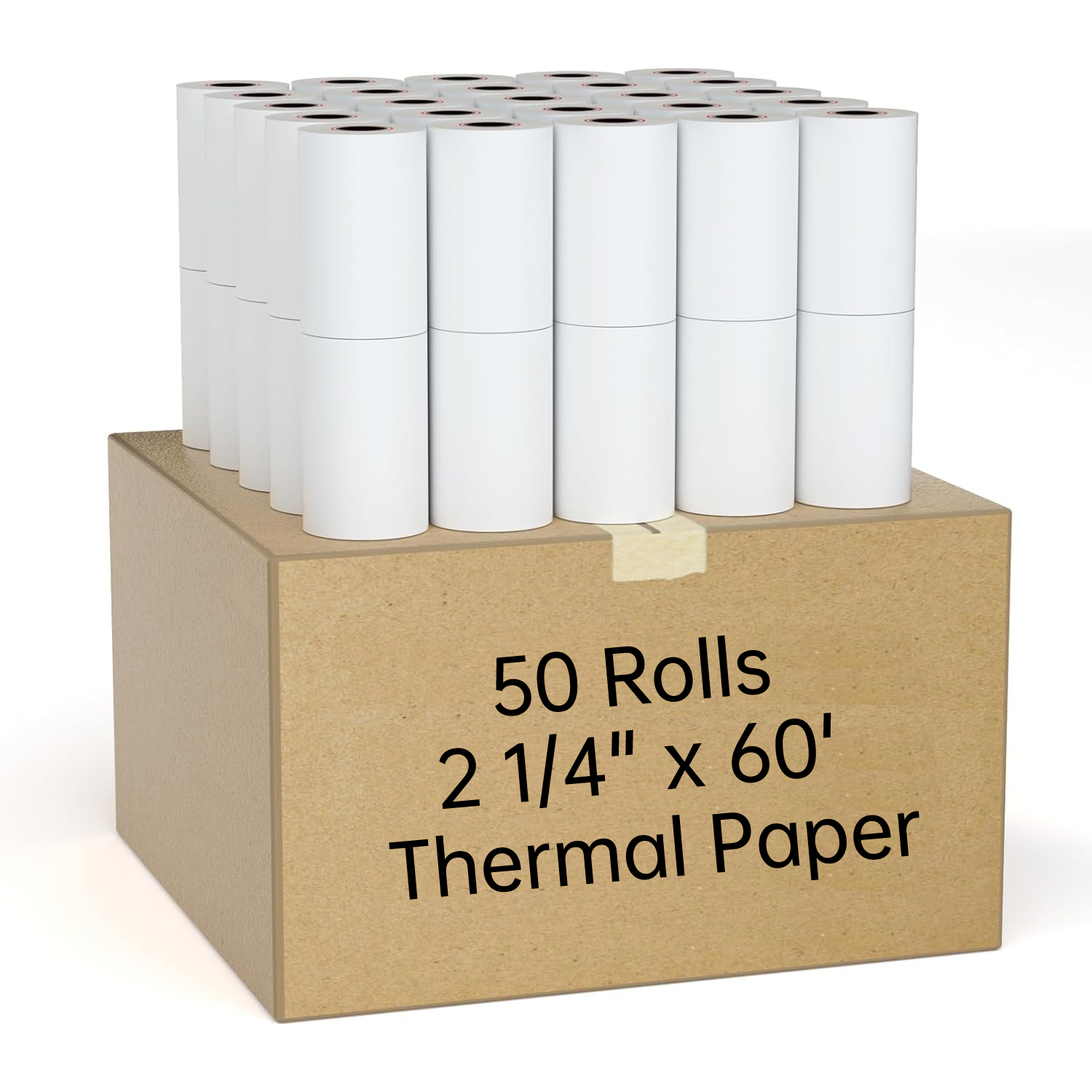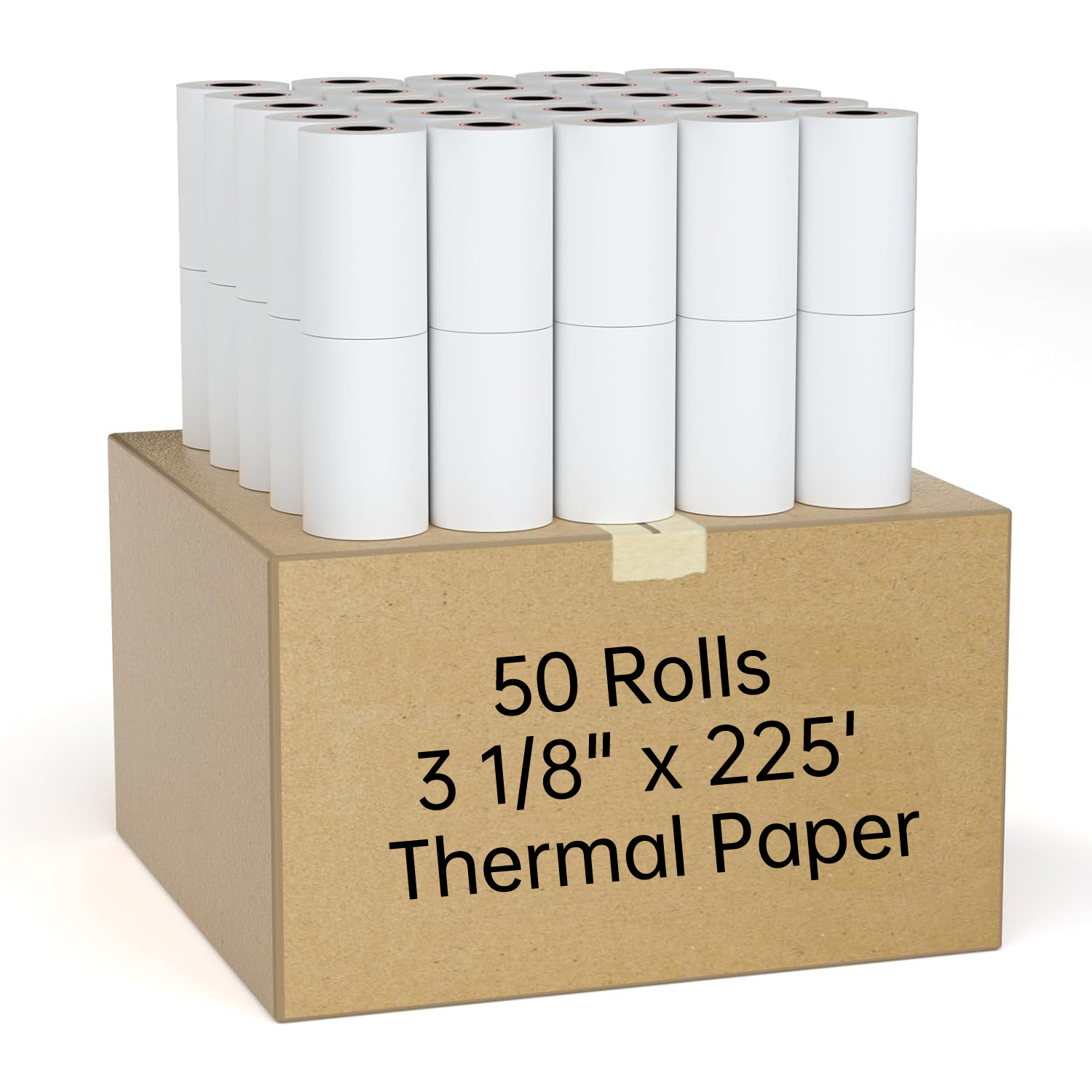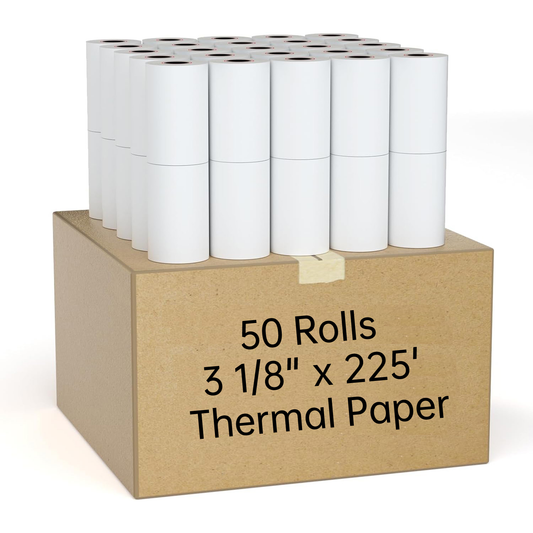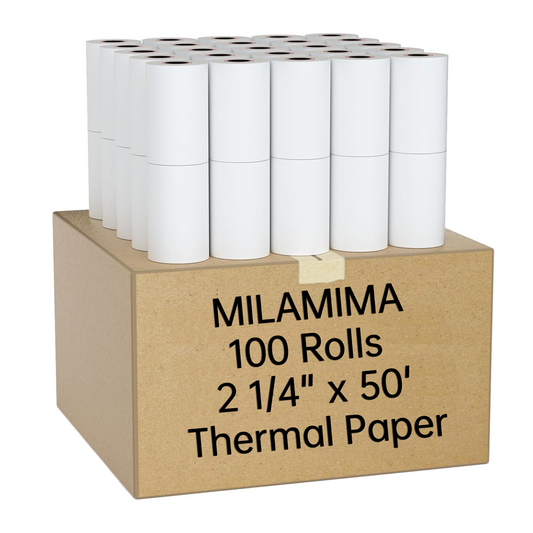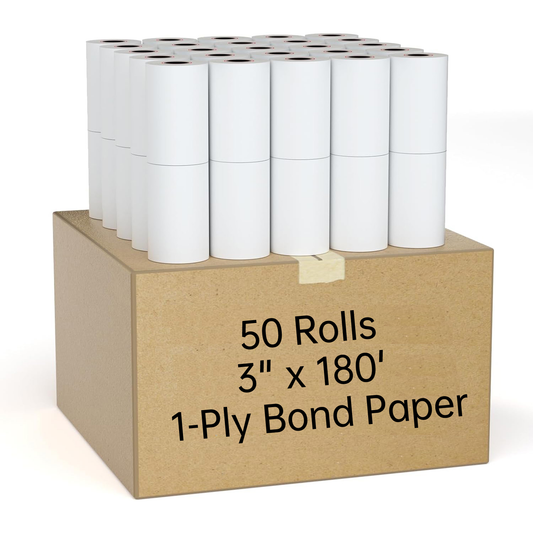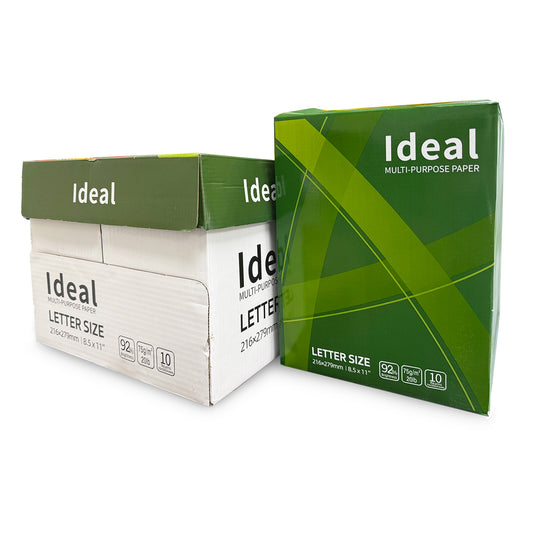How to Keep Receipts from Fading: Tips for Preserving Your Receipts
Introduction
Have you ever tried to read a receipt only to find that it has faded over time? Whether it’s for expense tracking, warranty purposes, or personal records, receipts play a crucial role in managing your finances and keeping track of transactions. However, one common issue people face is the fading of thermal paper receipts. In this blog post, we’ll explore why receipts fade, how long thermal prints last, and the best ways to preserve your receipts for the long term.
Why Do Receipts Fade?
Receipts often fade due to the nature of thermal paper. Thermal paper uses a heat-sensitive coating that darkens when exposed to heat. Over time, this coating can break down due to exposure to light, heat, or moisture, causing the print to fade.
Common Causes of Receipt Fading:
- Exposure to Light: Direct sunlight or fluorescent lighting can cause the print on a receipt to fade.
- Heat: High temperatures, such as those from a hot car or a heater, can degrade the thermal paper.
- Moisture: Water or humidity can damage the receipt’s print and paper quality.
- Handling: Frequent handling and friction can wear away the print.
How Long Do Thermal Prints Last?
The longevity of thermal prints depends on various factors, including the quality of the thermal paper and environmental conditions. On average, thermal prints can last anywhere from a few months to a few years. However, under optimal conditions (cool, dry, and dark storage), receipts can last longer.
How to Preserve Receipts
To extend the life of your receipts, follow these simple tips:
- Store Receipts Properly
Keep your receipts in a cool, dry, and dark place. Avoid direct sunlight, high temperatures, and humid environments. A drawer or a filing cabinet away from heat sources is ideal.
- Use Protective Sleeves
For important receipts, consider using protective sleeves or folders. Acid-free paper or plastic sleeves can help shield your receipts from light, moisture, and physical damage.
- Make Digital Copies
Scan or take photos of your receipts and store them digitally. This method provides a backup in case the physical receipt fades or gets damaged. Many apps are available for scanning and organizing receipts.
- Consider Laminating
While not always recommended for all types of receipts, laminating can be a good option for long-term preservation. However, make sure that the lamination process does not add excessive heat to the receipt.
- Avoid Excessive Handling
Minimize the handling of receipts to prevent wear and tear. If you need to touch them, do so with clean hands and avoid touching the printed side.
How to Restore a Faded Receipt
If your receipt has already started to fade, you can try these methods to restore it:
- Using a Thermal Printer
Reprint the receipt if you have access to the original data. Many businesses can reissue a receipt from their records.
- Digital Restoration Tools
Use apps or software designed to enhance and restore faded text on receipts. These tools can adjust contrast and brightness to make the text more readable.
How to Tell if a Receipt Has BPA
Bisphenol A (BPA) is a chemical used in some thermal papers. To determine if your receipt has BPA:
- Check for Labels: Look for labels or product information indicating BPA-free paper.
- Perform a Scratch Test: BPA receipts may have a waxy or smooth feel. Scratch the receipt lightly with your fingernail to check if it leaves a mark or residue.
What is Bond Paper?
Bond paper is a high-quality, durable paper used for various applications like letters and reports. Unlike thermal paper, bond paper uses ink rather than heat-sensitive coatings.
Thermal Paper vs Regular Paper
Thermal paper is used in thermal printers and relies on heat to produce prints, while regular paper requires ink or toner. Thermal paper is convenient for printing receipts and labels but has limitations in longevity and durability compared to regular paper.
FAQs About Thermal Paper and Receipts
Q: Can you laminate thermal paper? A: Yes, but it’s important to avoid high temperatures during the lamination process.
Q: Can you use regular paper in a thermal printer? A: No, thermal printers require specific thermal paper to function properly.
Q: How do you fix a thermal printer that’s not printing dark enough? A: Check the print head for cleanliness and ensure you are using the correct type of thermal paper.
Conclusion
Preserving your receipts is essential for managing your finances and maintaining records. By following these tips on how to keep receipts from fading, you can extend the life of your thermal paper receipts and avoid common problems. If you’re looking for high-quality thermal paper rolls, MilaMima offers a range of options to meet your needs.


